Collective Molecular Activities of the Plant: Polyalthia Nemoralis
Plant ID: NPO24893
Plant Latin Name: Polyalthia Nemoralis
Taxonomy Genus: Polyalthia
Taxonomy Family: Annonaceae
Plant External Links:
NCBI TaxonomyDB:
n.a.
Plant-of-the-World-Online:
n.a.
Country/Region:
ChinaTraditional Medicine System:
TCMChina
Overview of Ingredients
40 All known Ingredients in Total
Unique ingredients have been isolated from this plant.Plant-Ingredients Associations were manually curated from publications or collected from other databases.
33 Ingredients with Acceptable Bioavailablity
Unique ingredients exhibit acceptable human oral bioavailablity, according to the criteria of SwissADME [PMID: 28256516] and HobPre [PMID: 34991690]. The criteria details:SwissADME: six descriptors are used by SwissADME to evaluate the oral bioavailability of a natural product:
☑ LIPO(Lipophility): -0.7 < XLOGP3 < +5.0
☑ SIZE: 150g/mol < MW < 500g/mol
☑ POLAR(Polarity): 20Ų < TPSA < 130Ų
☑ INSOLU(Insolubility): -6 < Log S (ESOL) < 0
☑ INSATU(Insaturation): 0.25 < Fraction Csp3 < 1
☑ FLEX(Flexibility): 0 < Num. rotatable bonds < 9
If 6 descriptors of a natural plant satisfy the above rules, it will be labeled high HOB.
HobPre: A natural plant ingredient with HobPre score >0.5 is labeled high human oral availability (HOB)
18 Ingredients with experimental-derived Activity
Unique ingredients have activity data available.Ingredient Structrual Cards
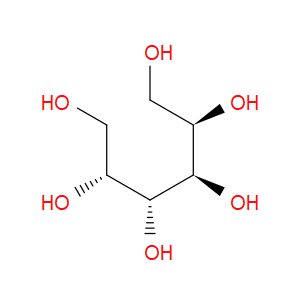
Ingredient ID: NPC86412
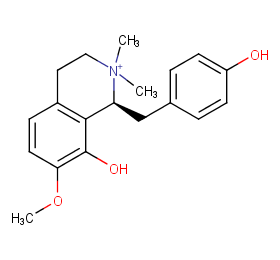
Ingredient ID: NPC85130
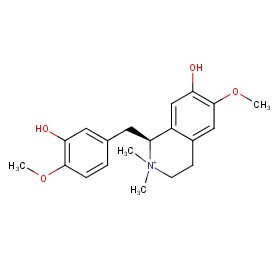
Ingredient ID: NPC81246
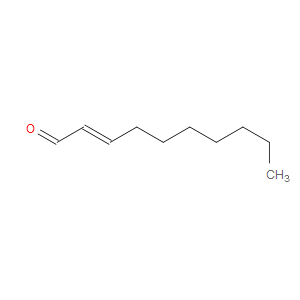
Ingredient ID: NPC67920

Ingredient ID: NPC58758
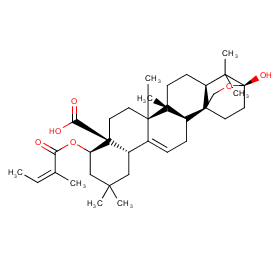
Ingredient ID: NPC45748
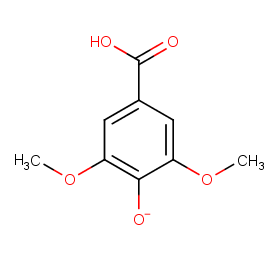
Ingredient ID: NPC41476
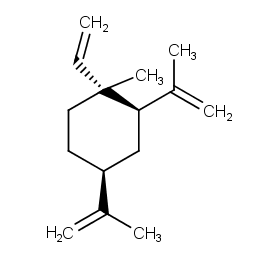
Ingredient ID: NPC36408
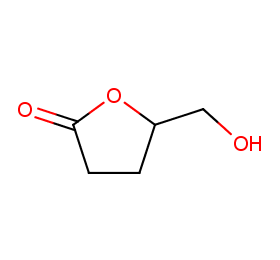
Ingredient ID: NPC32472
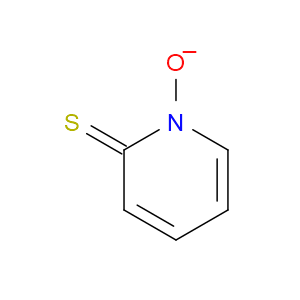
Ingredient ID: NPC315588
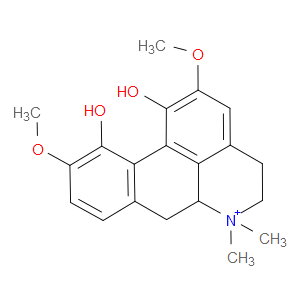
Ingredient ID: NPC314383
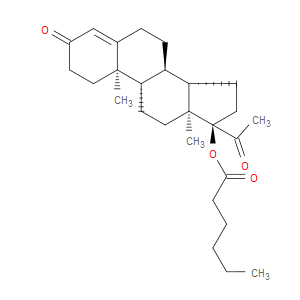
Ingredient ID: NPC305039
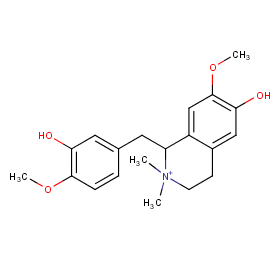
Ingredient ID: NPC302098
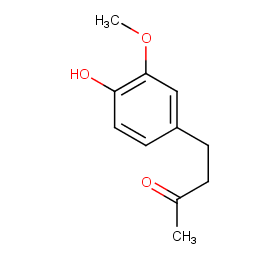
Ingredient ID: NPC299406
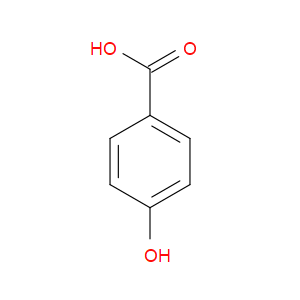
Ingredient ID: NPC29883
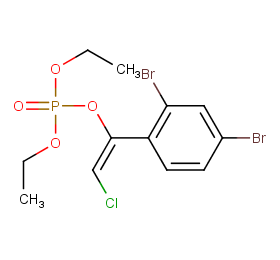
Ingredient ID: NPC292075
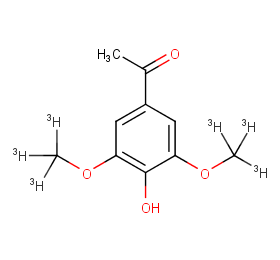
Ingredient ID: NPC290772
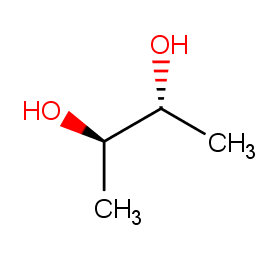
Ingredient ID: NPC278310
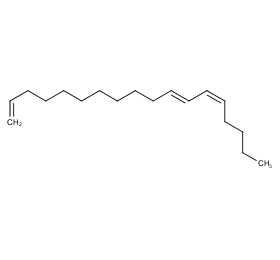
Ingredient ID: NPC259751
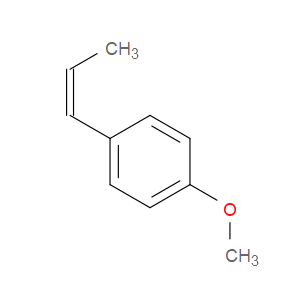
Ingredient ID: NPC259134
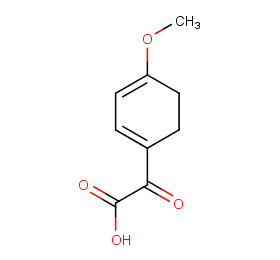
Ingredient ID: NPC258019
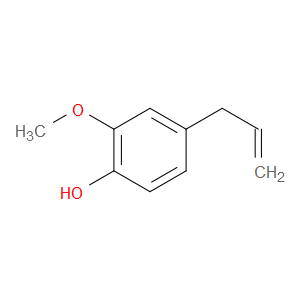
Ingredient ID: NPC257124
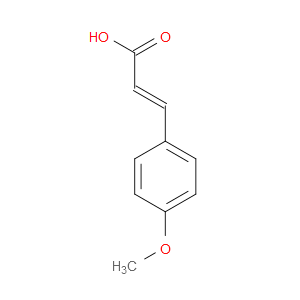
Ingredient ID: NPC2518
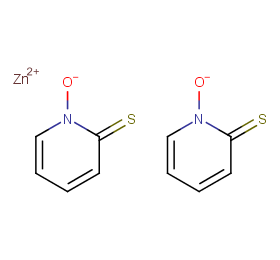
Ingredient ID: NPC250999
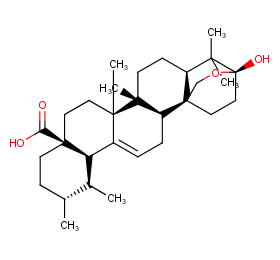
Ingredient ID: NPC245964
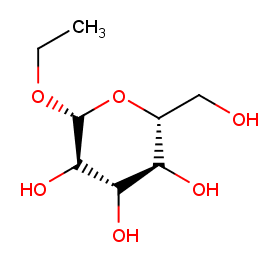
Ingredient ID: NPC244315
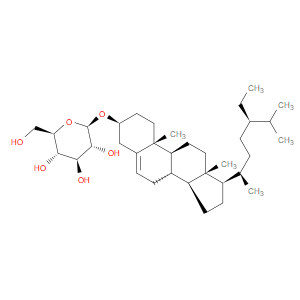
Ingredient ID: NPC243728
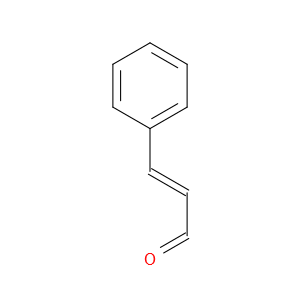
Ingredient ID: NPC235059
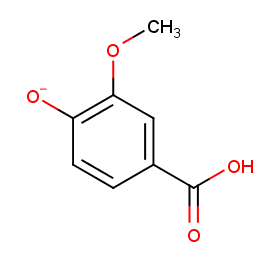
Ingredient ID: NPC227211
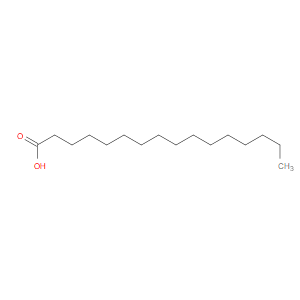
Ingredient ID: NPC216630

Ingredient ID: NPC194458
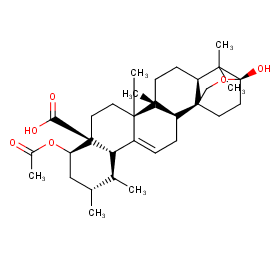
Ingredient ID: NPC182182
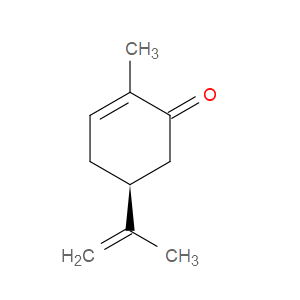
Ingredient ID: NPC163984
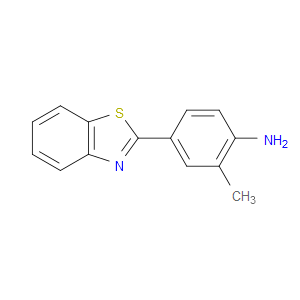
Ingredient ID: NPC161108
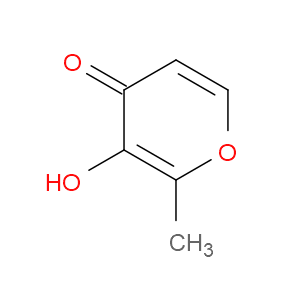
Ingredient ID: NPC158853
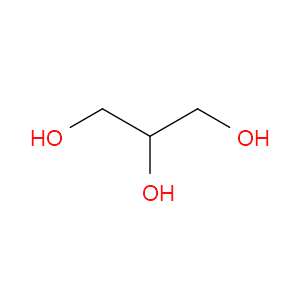
Ingredient ID: NPC157340
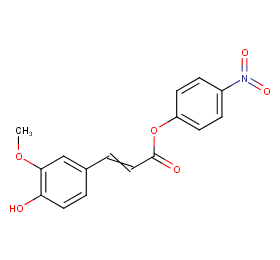
Ingredient ID: NPC141868
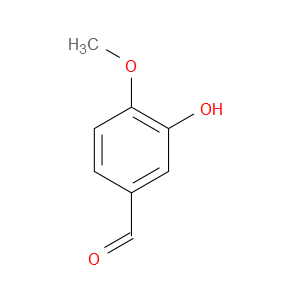
Ingredient ID: NPC117237
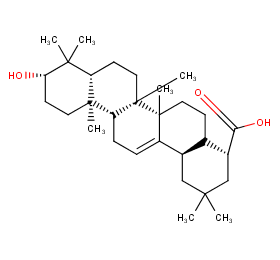
Ingredient ID: NPC112866
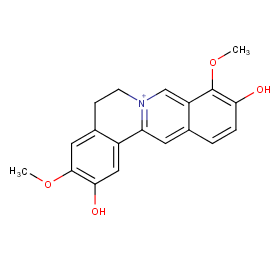
Ingredient ID: NPC112206
Classification of Human Proteins Collectively Targeted by the Plant
Detailed Information of Target Proteins
| Target Type | Protein Class | Gene ID | Protein Name | Uniprot ID | Target ChEMBL ID |
|---|---|---|---|---|---|
| Therapeutic Target | Fatty acid binding protein family | FABP4 | Fatty acid binding protein adipocyte | P15090 | CHEMBL2083 |
| Therapeutic Target | Peptide receptor (family A GPCR) | TSHR | Thyroid stimulating hormone receptor | P16473 | CHEMBL1963 |
| Therapeutic Target | Small molecule receptor (family A GPCR) | DRD1 | Dopamine D1 receptor | P21728 | CHEMBL2056 |
| Therapeutic Target | Structural protein | LMNA | Prelamin-A/C | P02545 | CHEMBL1293235 |
| Therapeutic Target | Transcription factor | TP53 | Cellular tumor antigen p53 | P04637 | CHEMBL4096 |
Clinical trials associated with plant from natural product (NP) & plant level:
| Clinical trials type | Number of clinical trials | |
|---|---|---|
| 77 | ||
| NCT ID | Title | Condition | Form in clinical use | Associated by plant or compound |
|---|---|---|---|---|
| NCT00003667 | Combination Chemotherapy and Biological Therapy in Treating Patients With High-Risk Ewing's Sarcoma | sarcoma | Glycerin (NPC157340) | |
| NCT00099164 | Trial of Progesterone in Twins and Triplets to Prevent Preterm Birth (STTARS) | premature birth | Hydroxyprogesterone Caproate (NPC305039) | |
| NCT00113854 | Mannitol as Adjunct Therapy for Childhood Cerebral Malaria | malaria | Mannitol (NPC86412) | |
| NCT00117208 | Comparison of Inhaled Mannitol and rhDNase in Children With Cystic Fibrosis | cystic fibrosis | Mannitol (NPC86412) | |
| NCT00135902 | Omega-3 Fatty Acid Supplementation to Prevent Preterm Birth in High Risk Pregnancies | premature birth | Hydroxyprogesterone Caproate (NPC305039) | |
| NCT00141908 | Prevention of Preterm Delivery in Twin Pregnancies by 17 Alpha-hydroxyprogesterone Caproate | premature birth | Hydroxyprogesterone Caproate (NPC305039) | |
| NCT00163020 | 17OHP for Reduction of Neonatal Morbidity Due to Preterm Birth (PTB) in Twin and Triplet Pregnancies | premature birth | Hydroxyprogesterone Caproate (NPC305039) | |
| NCT00189007 | Antenatal Allopurinol During Fetal Hypoxia | fetal hypoxia | Mannitol (NPC86412) | |
| NCT00243711 | A Multi-Center Randomized Study to Evaluate the Efficacy and Safety of an Investigational Lubricant Eye Drop | dry eye syndrome | Glycerin (NPC157340) | |
| NCT00251056 | Mannitol Dose Response Study in Cystic Fibrosis | cystic fibrosis | Mannitol (NPC86412) |
❱❱❱ Associated Human Diseases and Detailed Association Evidence
How do we define the Plant-Targeted Human Disease Association?
Associated human diseases of an individual plant are summurized based on FOUR types of association evidence, these include:
❶ Association by Therapeutic Target: Bioactive protein targets of the plant were defined in "Molecular Targets" section, target-disease associations collected from TTD database were subsequently used to build the associations between the plant and its targeted human diseases.
❷ Association by Disease Gene Reversion: Plant and a specific disease will be associated when >= 1 plant target gene overlaped with disease's DEGs.
❸ Association by Clinical Trials of Plant: Plant and a specific disease will be associated when >= 1 clinical trial (the plant is the intervetion) can be matched in ClinicalTrials.gov database.
❹ Association by Clinical Trials of Plant Ingredients: Plant and a specific disease will be associated when >= 1 clinical trial (the plant ingredient is the intervetion) can be matched in ClinicalTrials.gov database.
Associated Disease of the Plant | Association Type & Detailed Evidence |
|---|---|
AbortionDisease Category: 18.Pregnancy, childbirth or the puerperiumDisease ICD-11 Code: JA00 |
DRD1
|
Acute myeloid leukaemiaDisease Category: 02.NeoplasmsDisease ICD-11 Code: 2A60 |
TP53
|
Acute pancreatitisDisease Category: 13.Diseases of the digestive systemDisease ICD-11 Code: DC31 |
NCT02110810
|
Adenocarcinoma of bronchus or lungDisease Category: 02.NeoplasmsDisease ICD-11 Code: 2C25.0 |
TSHR
|
Adenocarcinoma of pancreasDisease Category: 02.NeoplasmsDisease ICD-11 Code: 2C10.0 |
DRD1,LMNA,OR51E2
|
Adenocarcinoma of prostateDisease Category: 02.NeoplasmsDisease ICD-11 Code: 2C82.0 |
OR51E2,FABP5
|
Adenocarcinoma of stomachDisease Category: 02.NeoplasmsDisease ICD-11 Code: 2B72.0 |
DRD1
|
Allergic conjunctivitisDisease Category: 09.Diseases of the visual systemDisease ICD-11 Code: 9A60.02 |
NCT00841256
|
Allergic/hypersensitivity disorderDisease Category: 04.Diseases of the immune systemDisease ICD-11 Code: 4A80-4A8Z |
DRD1
NCT02936830 |
AnemiaDisease Category: 03.Diseases of the blood or blood-forming organsDisease ICD-11 Code: 3A00-3A9Z |
NCT05126901
|

